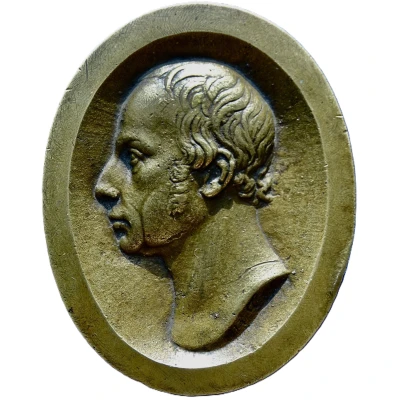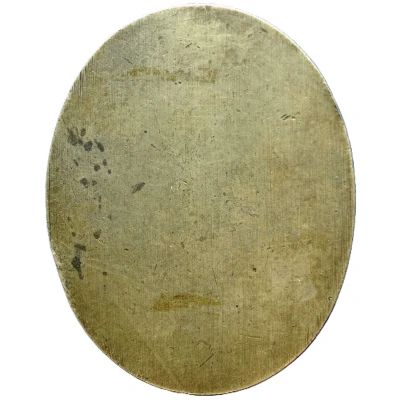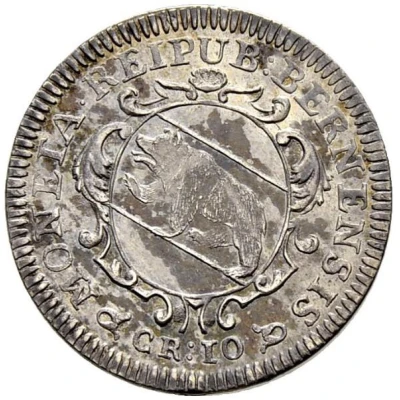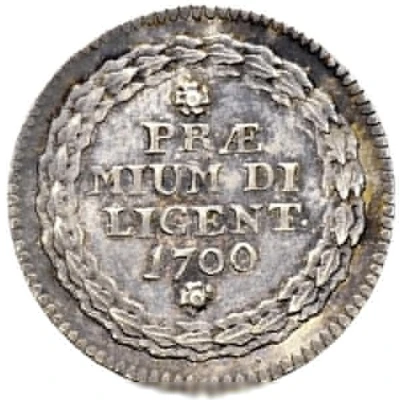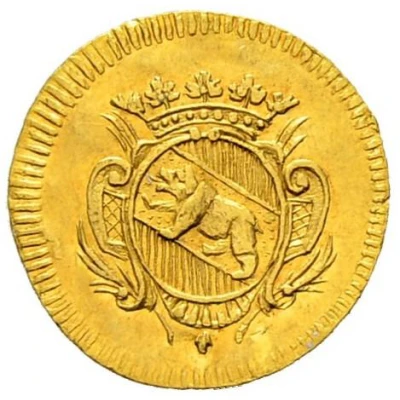
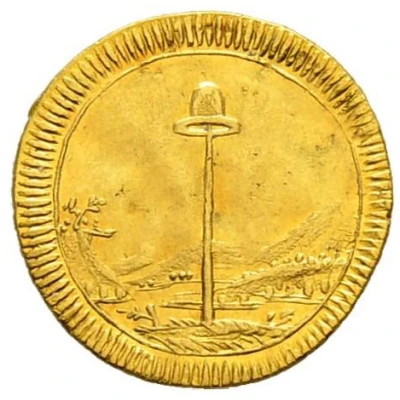

© Sincona AG
4 Pfennigs "Tischlivierer" ND
| Gold | 1.00 g | - |
| Location | City of Bern |
|---|---|
| Period | Republic (1648-1798) |
| Type | Medals › Award medals |
| Years | 1701-1800 |
| Value | ½ Kreuzer (1⁄320) |
| Currency | Thaler (1646-1798) |
| Composition | Gold |
| Weight | 1.00 g |
| Shape | Round |
| Demonetized | Yes |
| Updated | 2024-11-13 |
| Numista | N#199905 |
|---|---|
| Rarity index | 100% |
Reverse
Freedom hat on pole in front of landscape.
Comment
Flury 13 Rv./15 Rv.The piece in the main image (1.00g, Very Fine):
◦ Auctioned by SINCONA AG, Auction 30, 20 May 2016, Lot 3736. Sold for 850 CHF.
This piece was a gold pattern for a regular billon tischlivierer strike.
Tischlivierers are four pfennig pieces from the city of Bern, which, according to an old custom, were distributed to children on Easter Monday. The name goes back to a custom associated with the annual elections held at Easter. The City Council held a solemn procession on Easter Monday, also known as Tischlitag (Table Day), and distributed the new coins (originally 5-pfennig pieces, later 4-pfennig pieces) to the children of the city, who had lined up behind a little table ("Tischli"). The custom is first documented in 1510.
Originally, every child under 10 years of age was to receive a tischlivierer, the necessary amount was provided by the town treasury. Since the councilors wanted to display their generosity, they had additional Tischlivierers minted each year. The councilors' debts grew so much that calls for reform became loud. As a result, the Osterpfennig (Easter pfennig) was first distributed in 1668, and despite its much higher value could not prevail against the popular Tischlivierer. As a consequence, in 1670, Tischlivierers were distributed again. Despite new regulations, abuses could not be curbed, so that the Tischlivierer was ultimately abolished in 1712 without a replacement. But the custom had become so common that until the middle of the century, all Vierers were commonly known as Tischlivierers.
